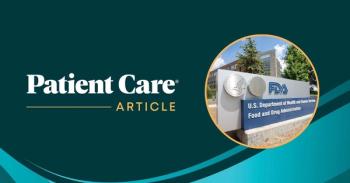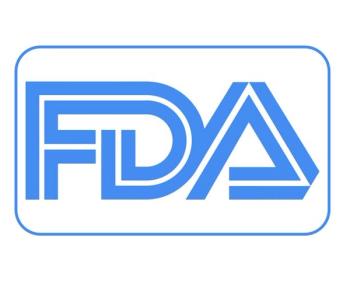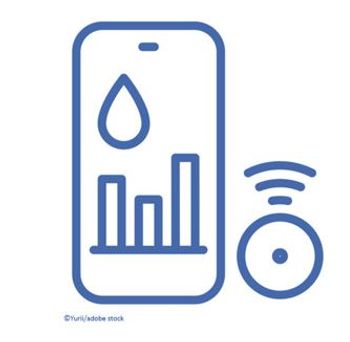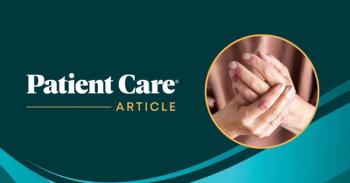
New CDC Recommendations for Quality STD Care: Key Points for PCPs
This month, the CDC released new recommendations for providing quality STD care in primary care clinics. Get the key points in our quick slideshow.
Decreasing availability of sexually transmitted disease (STD) clinics in the US over time has pushed many patients toward non-specialty providers such as primary care, emergency departments, and family planning clinics. In fact, primary care clinicians play an important role in sexual health care as may patients are asymptomatic, and infections are diagnosed during a primary care visit scheduled for other reasons.Given the potential wide variation between the sexual health services now provided in both STD and non-STD settings, the Centers for Disease Control and Prevention (CDC) this month released a new report that specifies operational determinants of quality services delivered in primary and specialty care settings. (Continued below)
Newsletter
Enhance your clinical practice with the Patient Care newsletter, offering the latest evidence-based guidelines, diagnostic insights, and treatment strategies for primary care physicians.

















































































































































































































































































